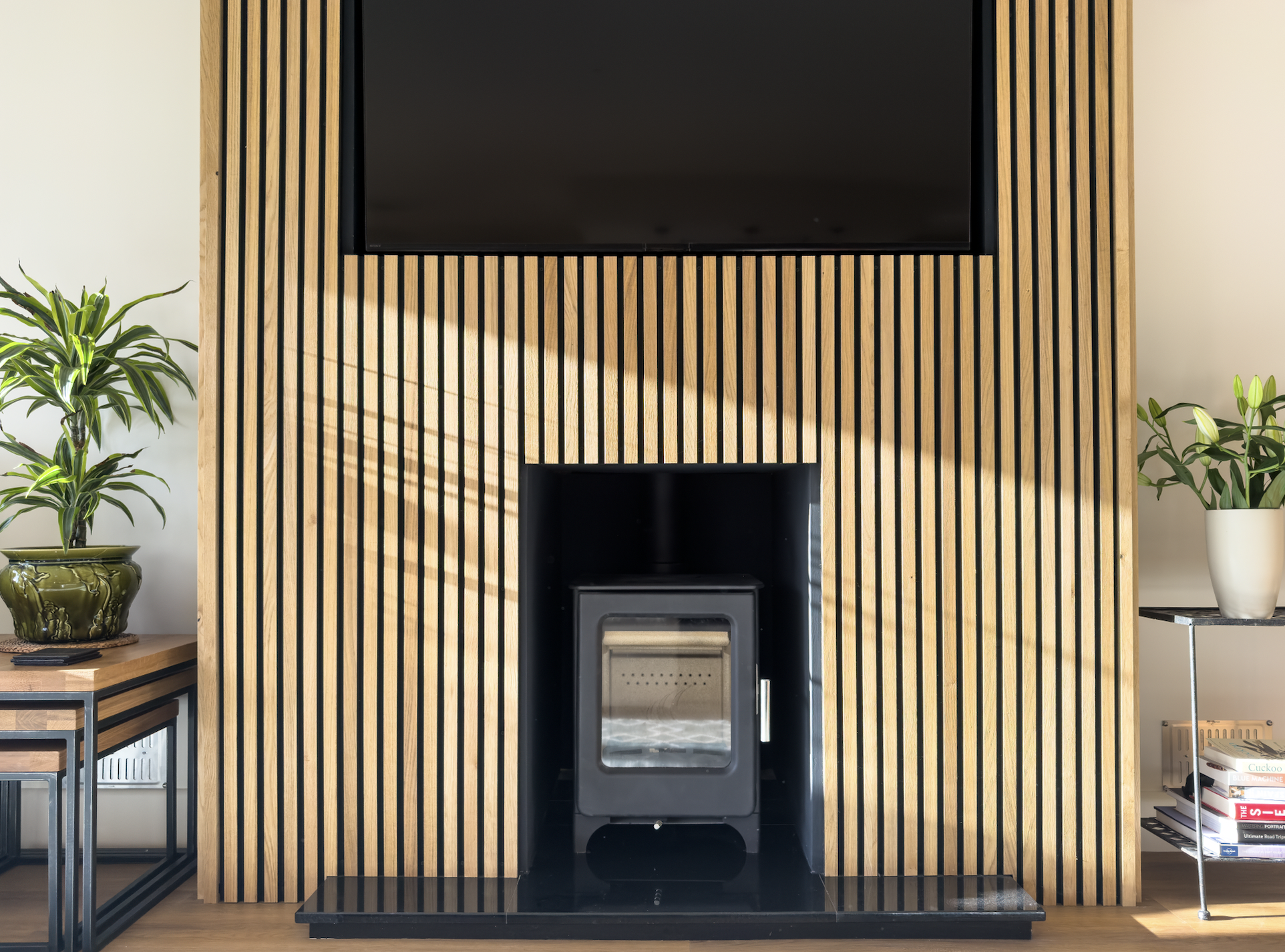Designing with Texture: How to Layer Materials for Depth and Interest.
Let’s talk texture, the secret ingredient that takes a room from “nice” to “wow, I want to live here.” While colour and layout often steal the spotlight, texture is what makes a space feel elevated, feel lived-in and layered. Think of it like seasoning in a great recipe: subtle, but oh-so-important.
So, whether you’re giving your lounge a little refresh or planning a whole-home renovation, here are my top tips for using texture to add depth, warmth, and a bit of character to your interiors.
Mix Your Materials (Not Just Your Cushions)
When we say texture, we don’t just mean fabrics. It’s about mixing materials too, wood with metal, stone with glass, soft with sleek.
Pair a rustic reclaimed wood coffee table with a smooth leather sofa. Or a brass lamp alongside a rough ceramic side table? It’s these contrasts that make a space interesting.
Layer Your Soft Furnishings Like a Pro
This is where it gets really fun (and cosy). Layering throws, cushions, and rugs in varied textures is the easiest way to add richness.
Try a boucle cushion against crisp cotton or a velvet throw over a linen bedspread. If it makes you want to run your hands over everything, you’re doing it right.
Add Texture to Your Walls
Walls aren’t just for paint and pictures! There are so many ways to give them a bit of texture:
Woven or grasscloth wallpapers
Wall panelling or tongue-and-groove boards
Limewash or textured finishes such as Venetian plaster or micro cement
Even mixing frame finishes (wood, brass, matte black) on a gallery wall adds subtle texture.
Bring the Outdoors In
Nature is a great source of texture. Add some leafy plants, dried flowers, wooden bowls, stone vases, or a few woven baskets. These earthy elements bring balance and calm, especially if your space leans towards the modern or minimal.
A bit of rattan or terracotta never goes amiss.
Render Design - Mabel Fox
Let Lighting Work Its Magic
Texture isn’t just about touch, it’s about how things catch the light. Clever lighting can highlight the tactile quality of materials and create lovely shadows and warmth.
Soft table lamps, wall sconces, or pendant lights can work wonders, especially when they hit textured surfaces like a boucle chair or fluted wood panelling. Gorgeous.
Use Texture as a Statement
Sometimes, one standout piece is all you need to anchor a room. It might be a velvet armchair in a rich jewel tone, a raw brick feature wall, or wooden panelling.
Let that piece take centre stage, then keep the supporting textures more subtle so everything feels balanced.
Texture is what makes a space feel truly complete, not just styled, but storied. It adds soul, comfort, and that irresistible “put the kettle on and stay a while” vibe. So mix, layer, and most importantly, trust your instincts. Interiors should feel as good as they look.




